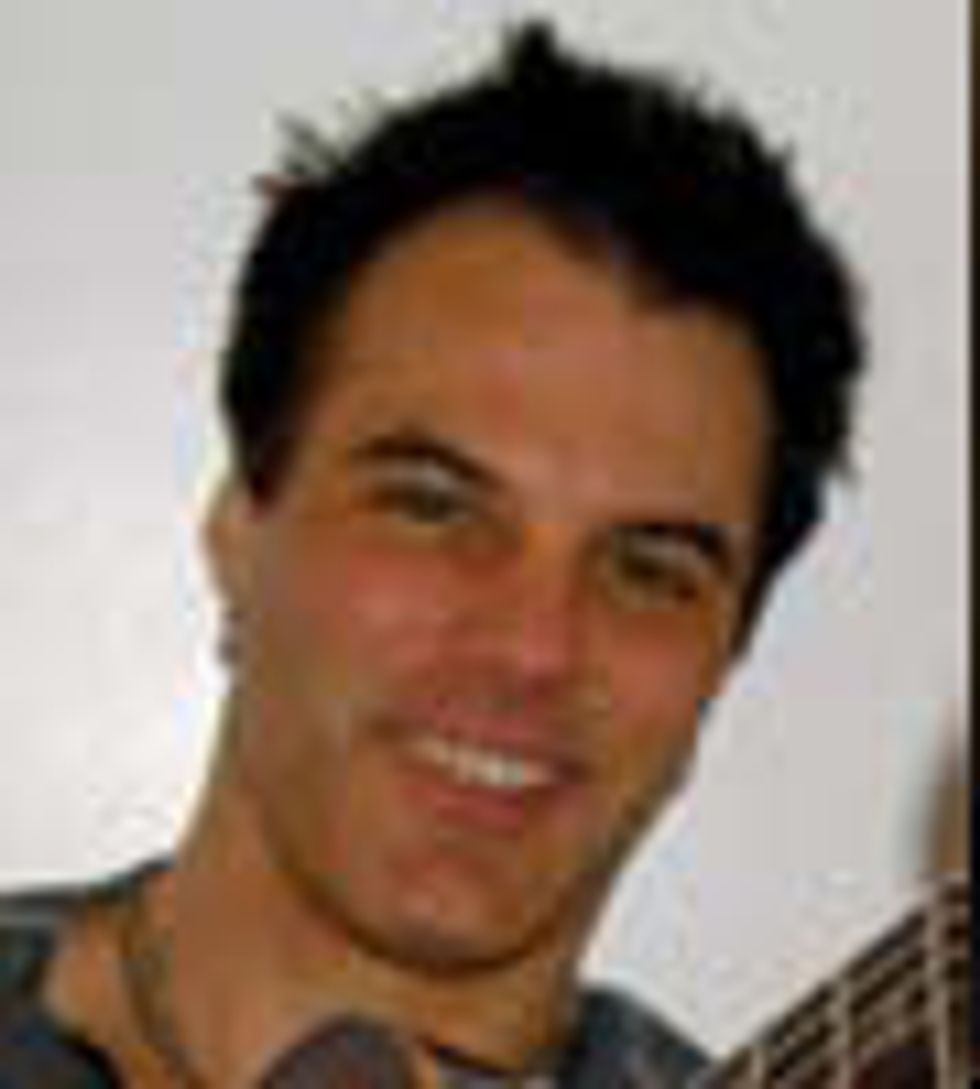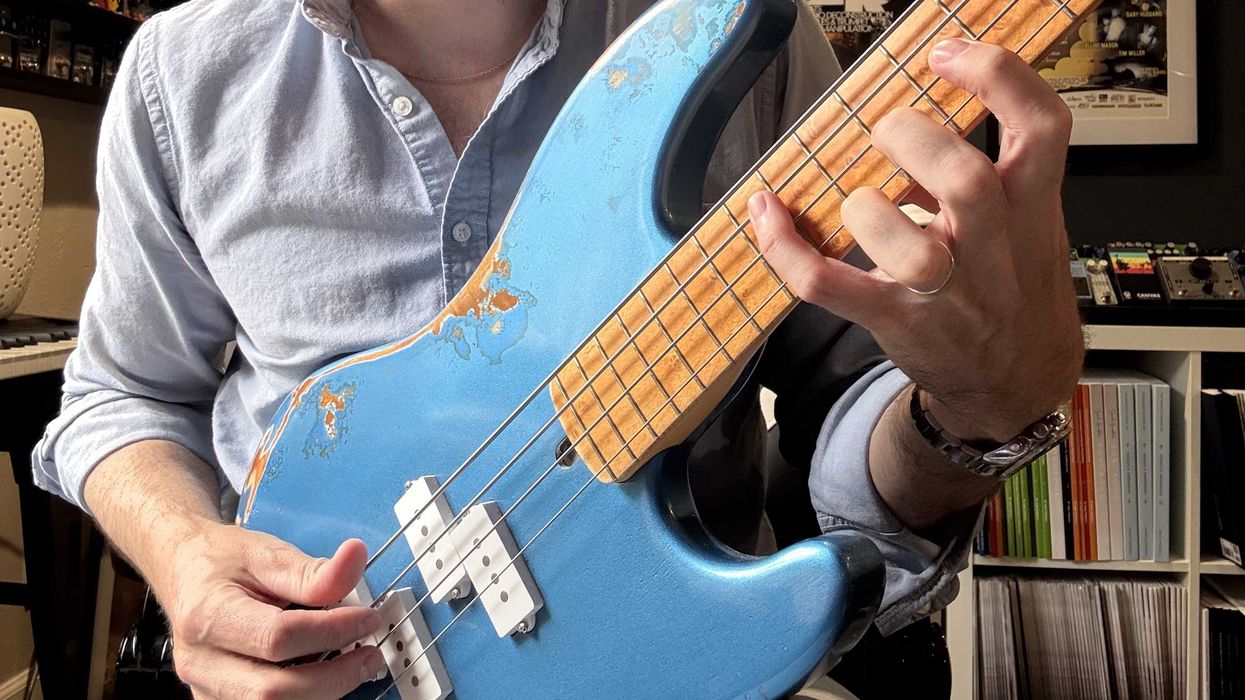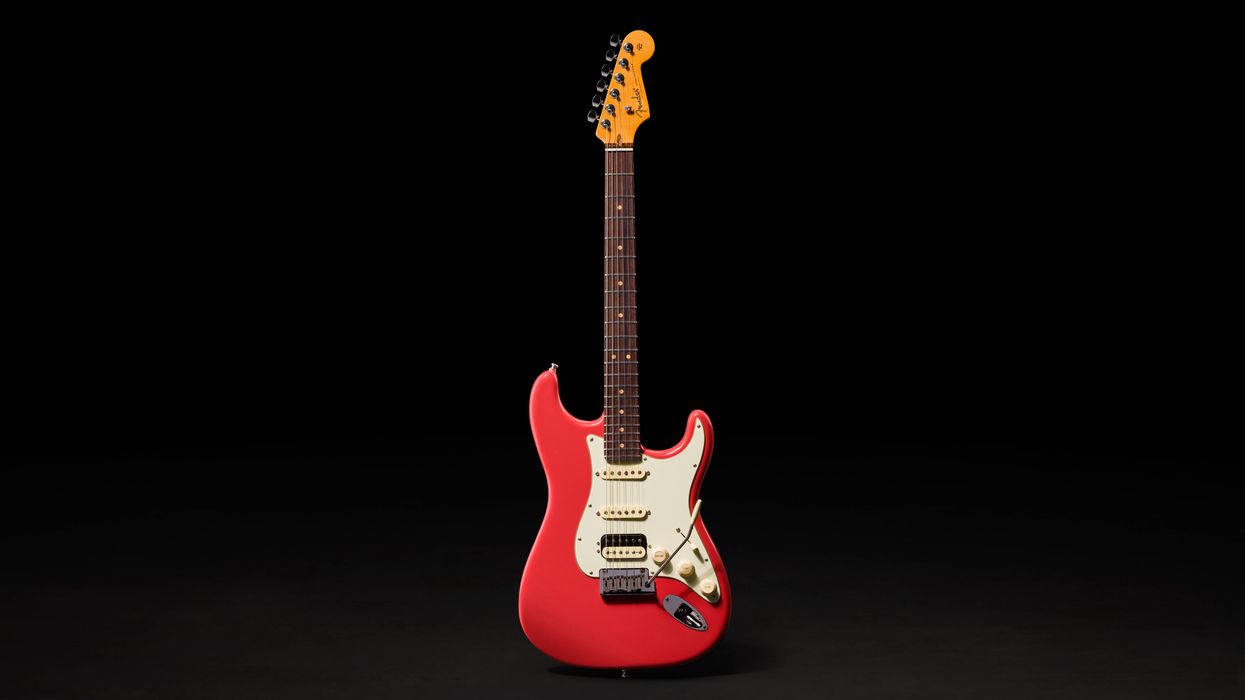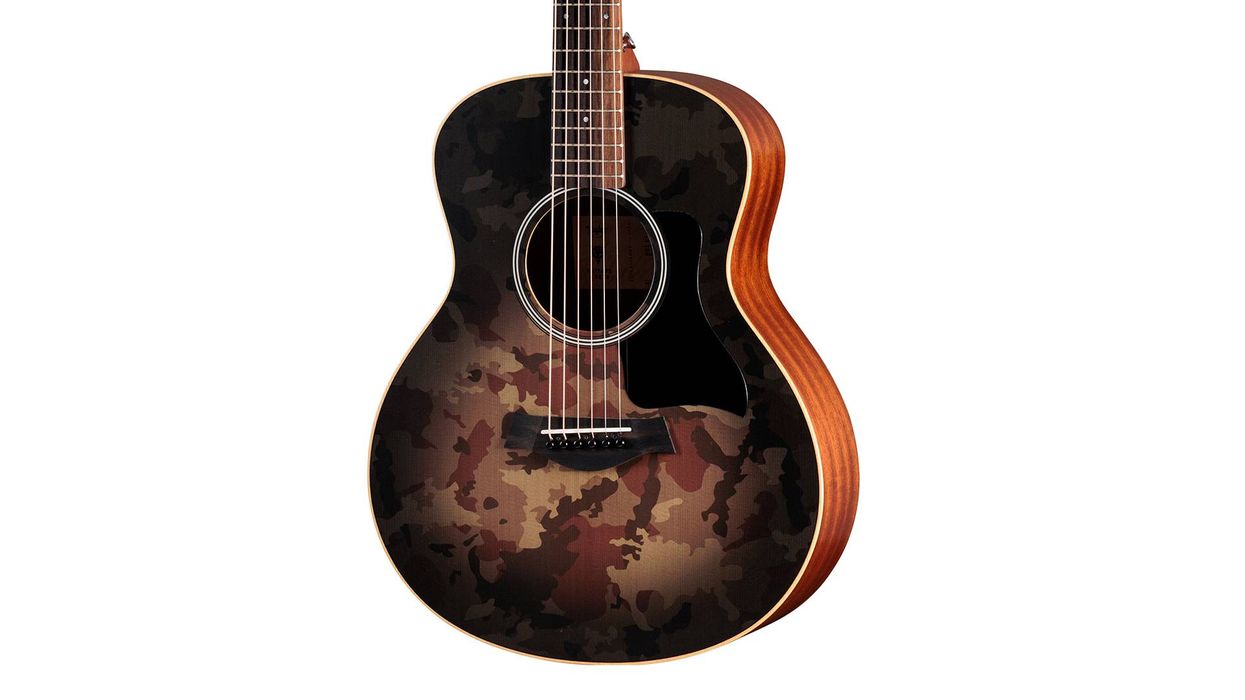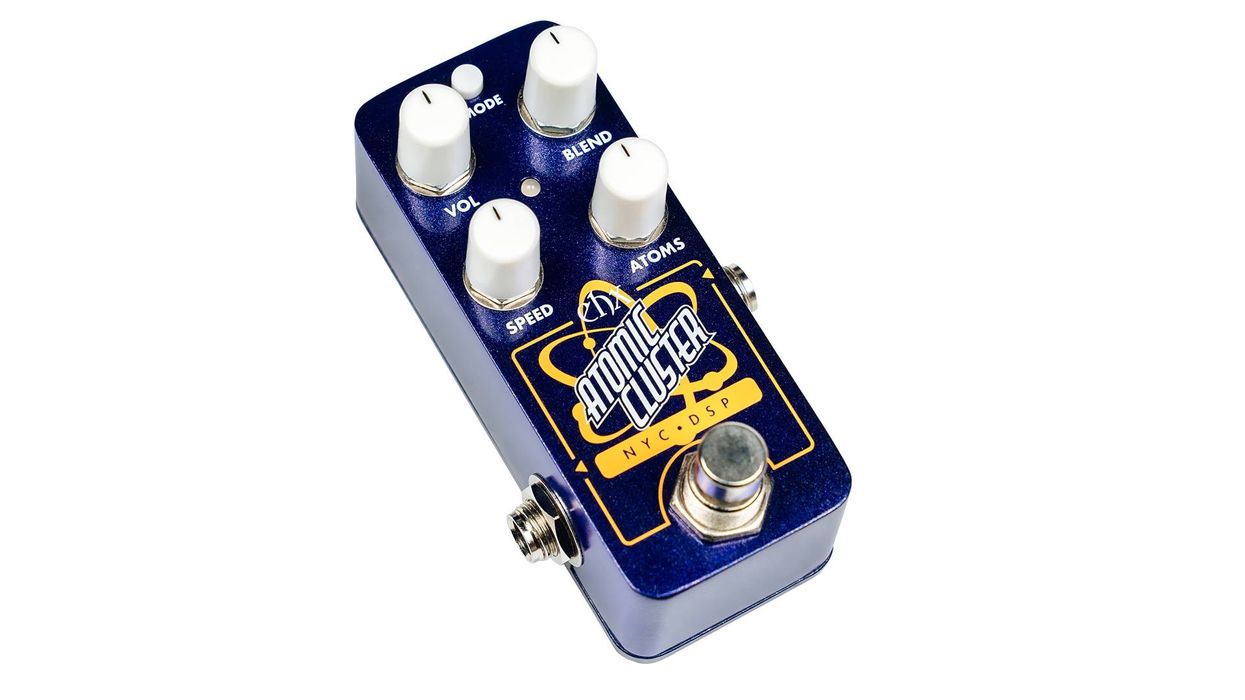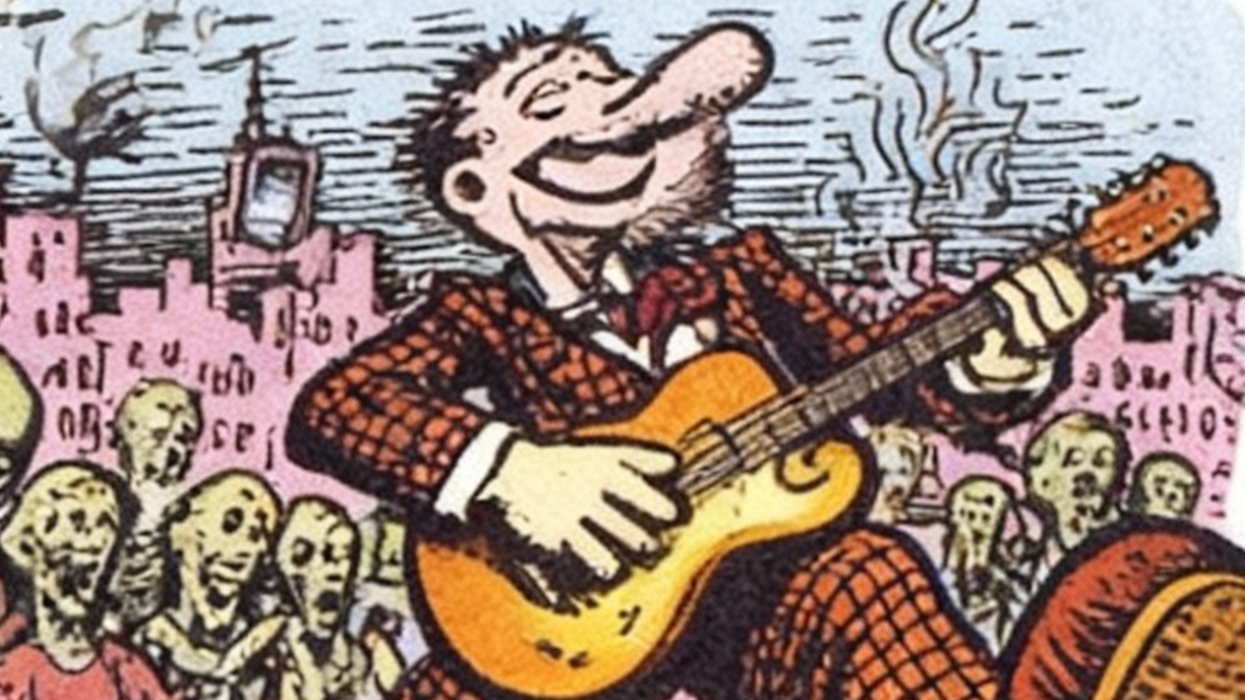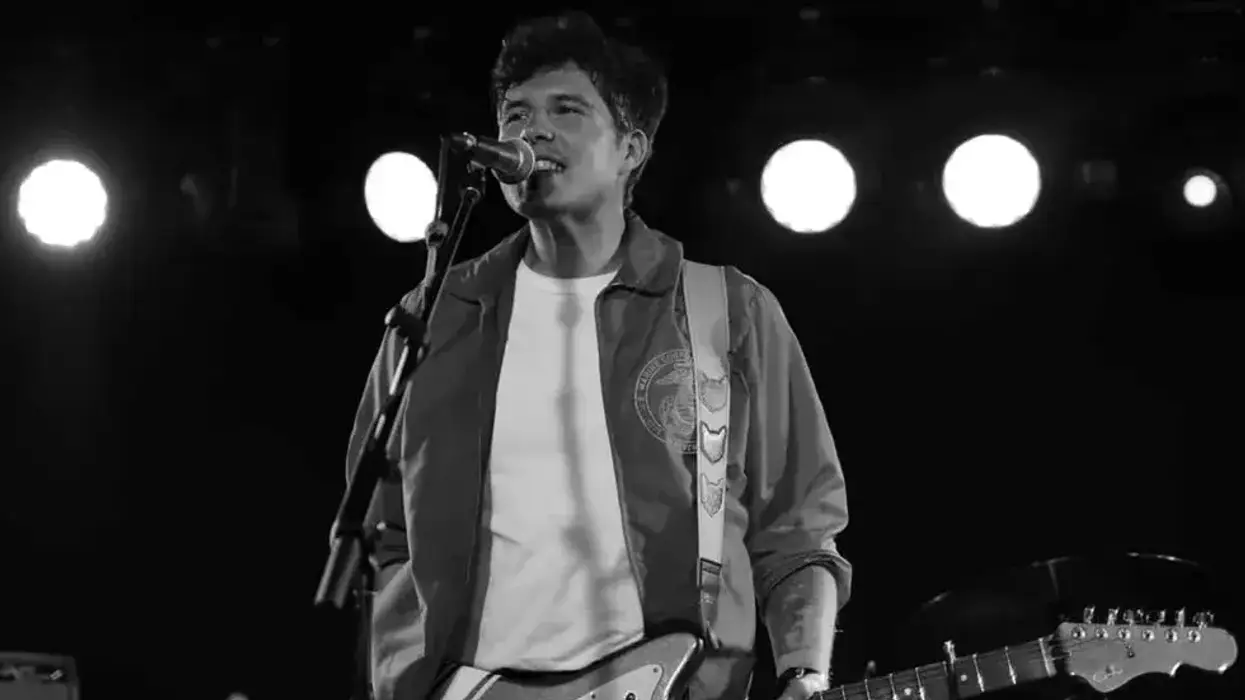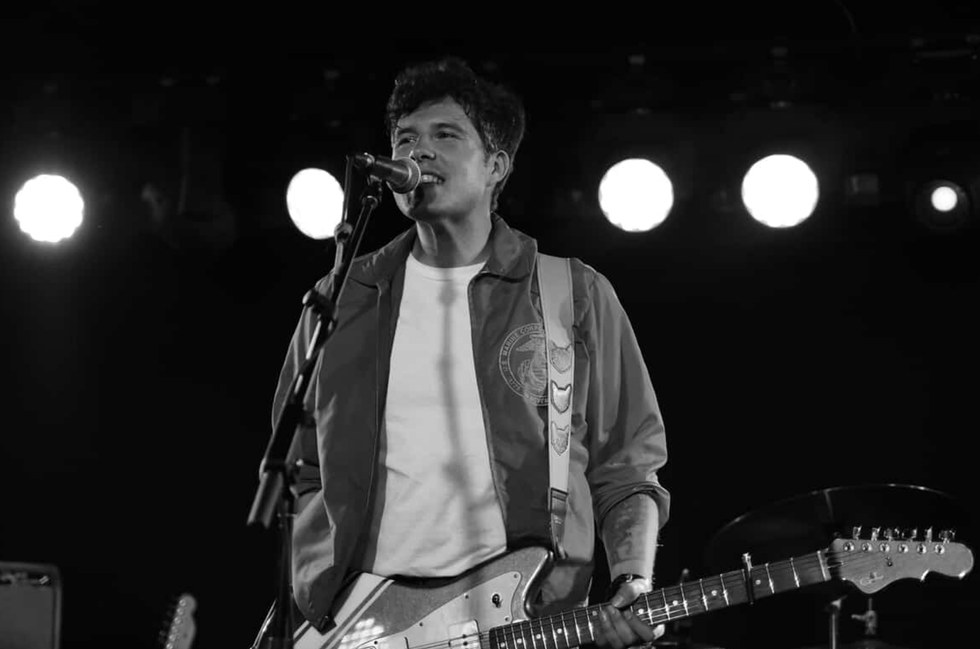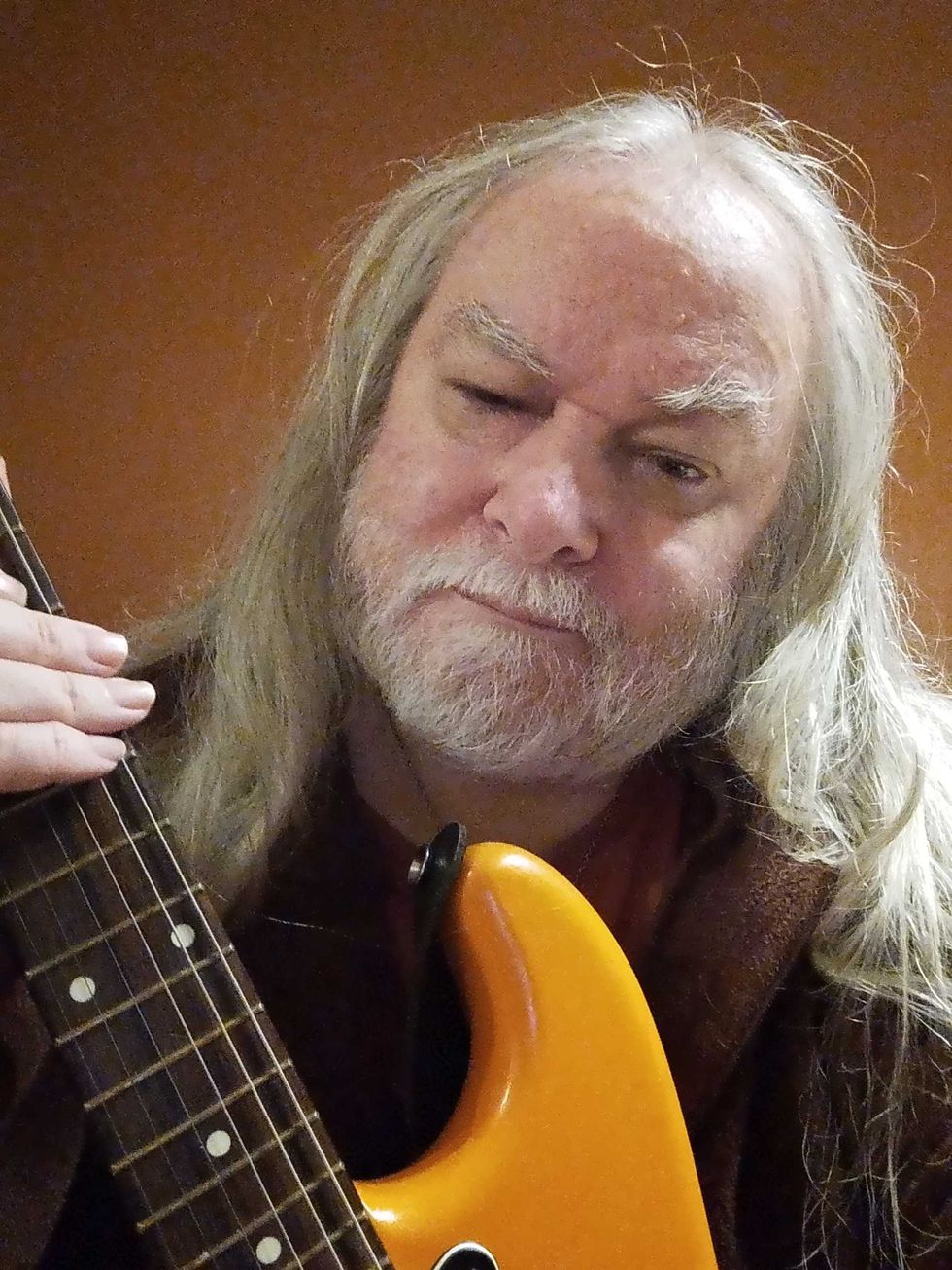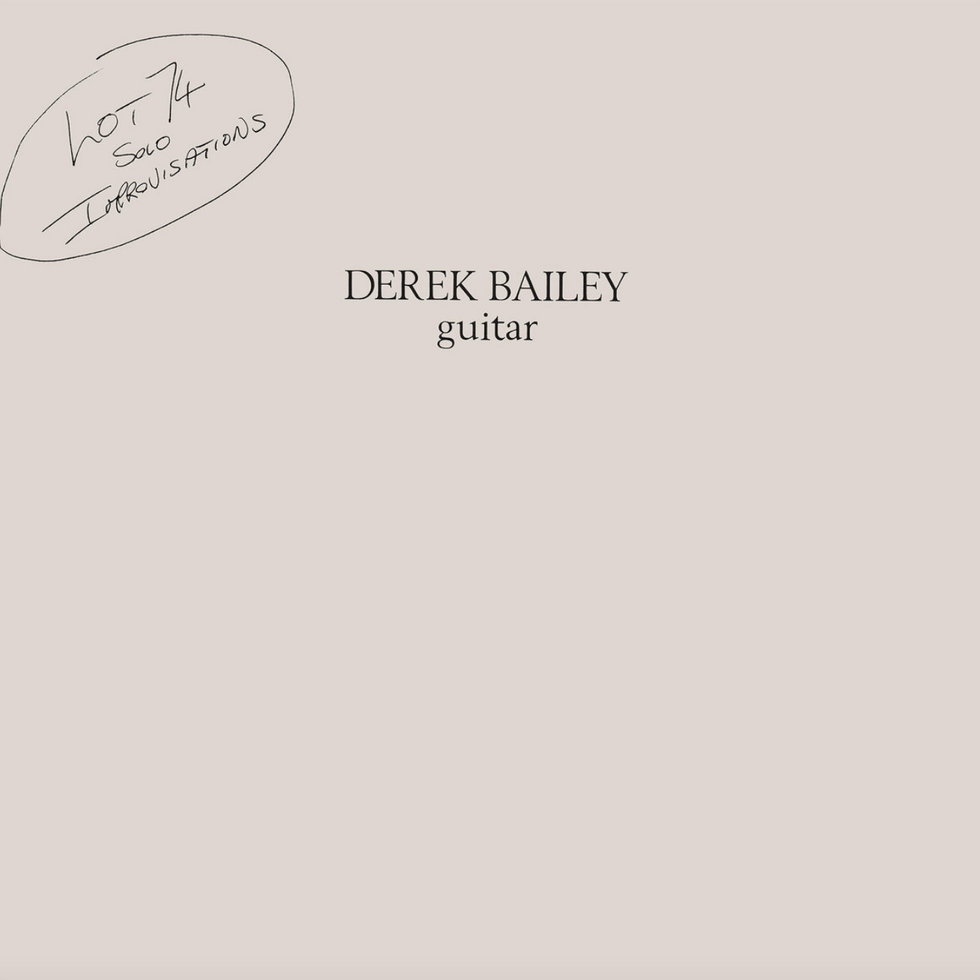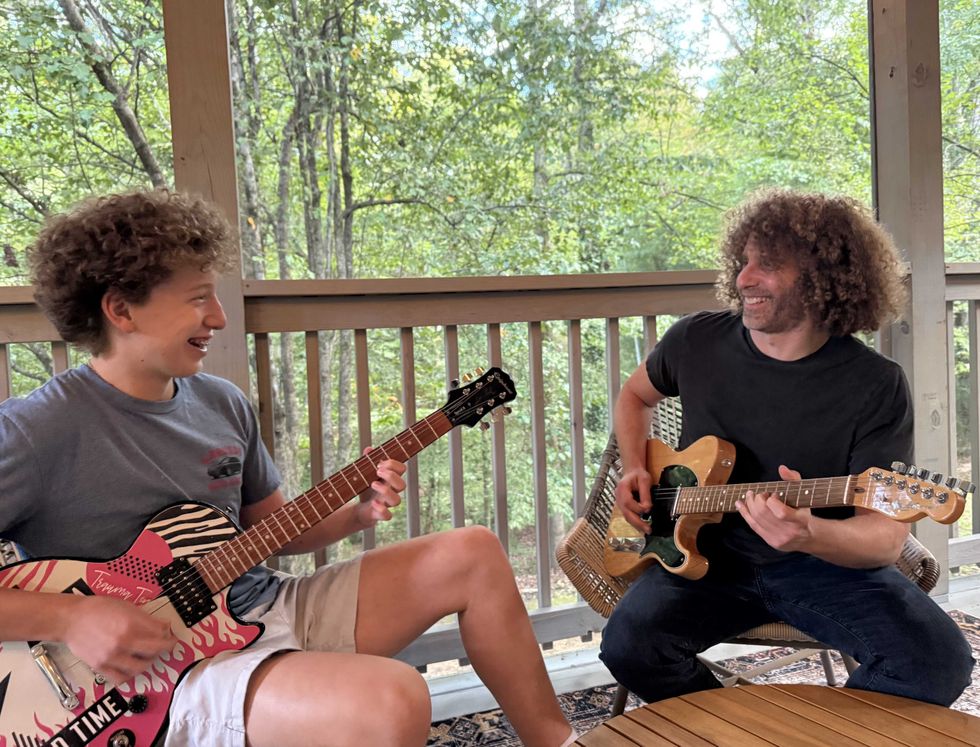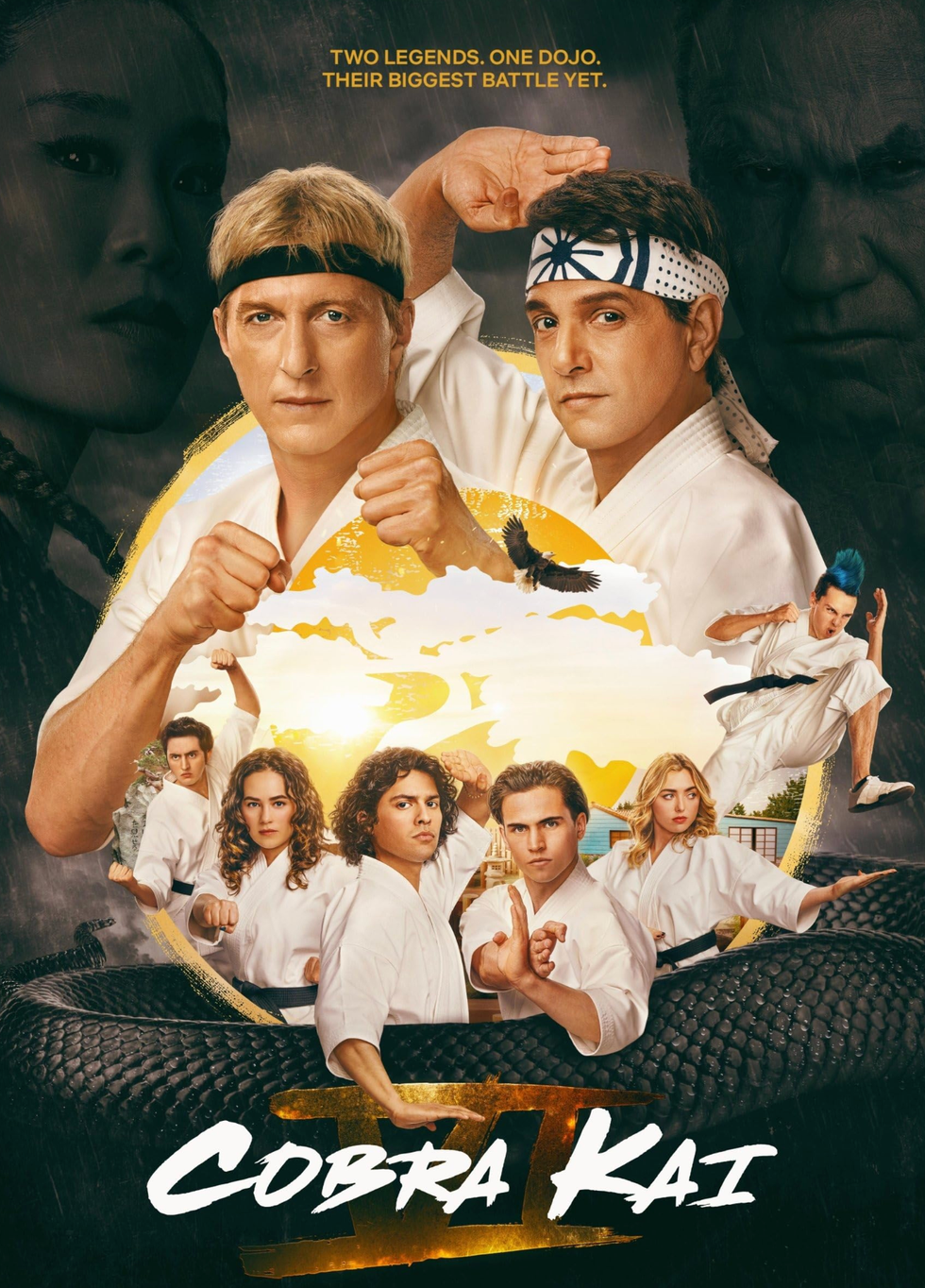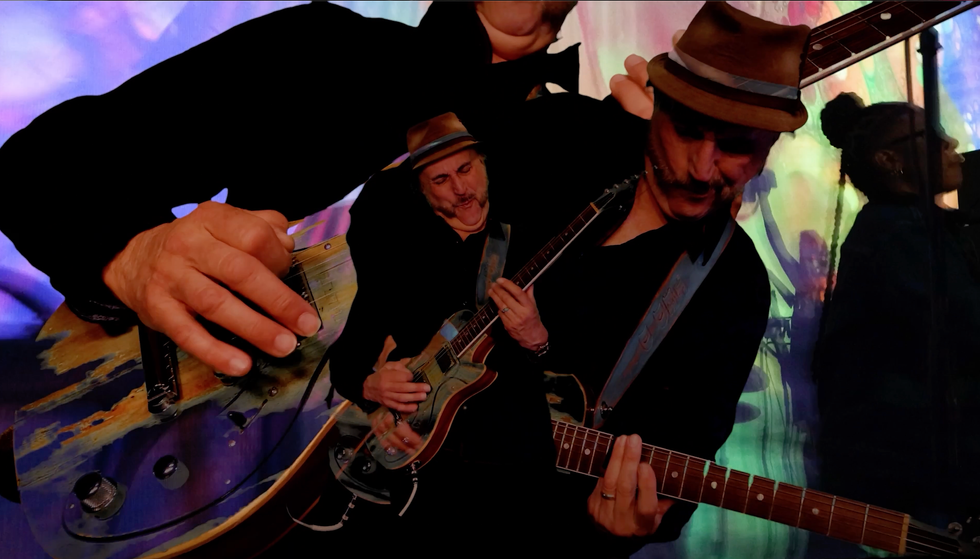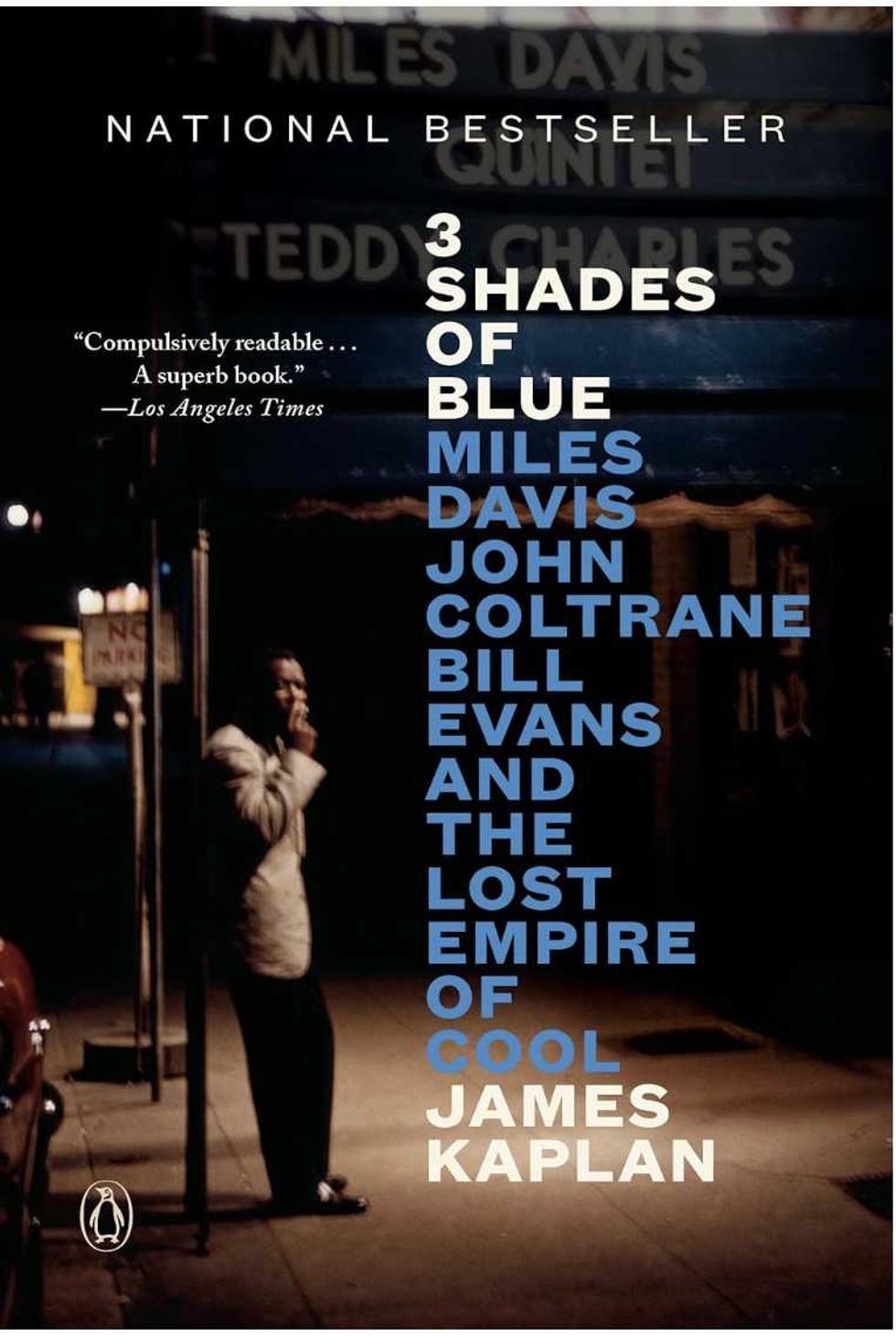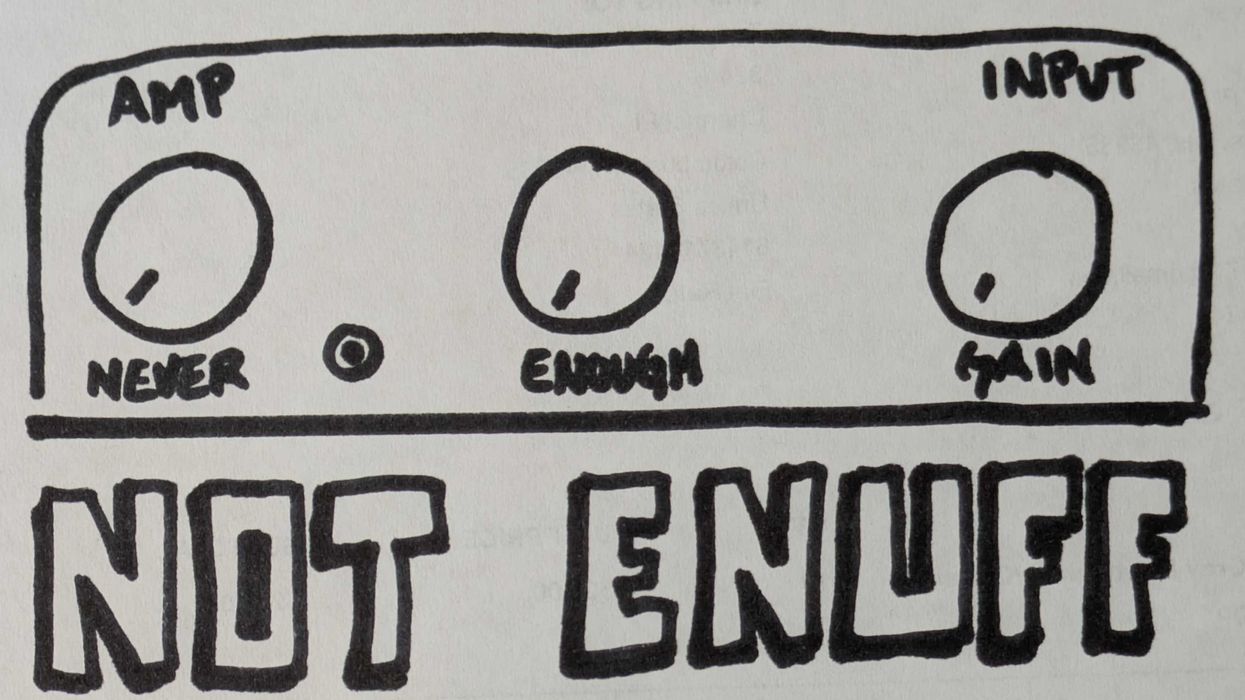I recently did a home-studio
project for an ESPN documentary
about Condredge
Holloway—who was both the
first black quarterback in an SEC
school and who led Tennessee to
three bowl games from 1972 to
'74. The show's producers needed
51 seconds of music that sounded
like classic '70s funk, and they
needed it fast. Licensing was not
available on the place-holding
music they were using, and
ESPN wanted to see (and hear)
something before the weekend.
I literally had two hours to get
something to them.
To think is to undermine:
Thinking makes the most natural
act unnatural. Think too much,
and you can't urinate in a public
restroom or sleep when you are
exhausted at 2 a.m. Next time
you're in a crowded room full of
strangers, really focus on walking
naturally from one end to the
other. You will inevitably feel awkward.
That's why booze remains
so popular at parties—it turns off
your brain so you can feel natural.
When it comes to getting a
natural feel while recording, I
hearken back to the words of my
mentor, Homer Simpson, who
said, in a nutshell: There's a time
to think and there's a time to do
stuff, and this is definitely not a
time to think. Because I spend
a good deal of my not-thinking
time watching music on YouTube,
I began this project by typing
“FUNK 1972" into YouTube's
search box and then mindlessly
engaging in “research" (I'm using
this somewhat academic term in
its broadest sense). I was lulled
into a semi-catatonic state as I
watched Earth, Wind & Fire,
Billy Preston, and P-Funk for
about 20 minutes, then I came
to in a panic thinking, “Get it
together, man. You've got a deadline—
do your work!"
Research temporarily concluded,
I created a new Pro Tools
session file, opened a Toontrack
instrument channel, and played
the first “funk" drum loop I
could find. It sounded sufficiently
funky, so I copied it onto instrument
track #1 and repeated the
two-bar phrase 100 times. Then
I imported the QuickTime video
version of the ESPN documentary
and saw the drums lock with
the vid. This took roughly seven
minutes. Next stop: bass.
Generally, I see bass as a white
canvas and guitar as the paint.
These minimalist leanings work
fine in country and dumb rock
but they do not apply to funk,
where the bass is right out front,
loud and proud. I went back
to YouTube, typed in “funk
bass" and found a video entitled
“Bootsy's Basic Funk Formula."
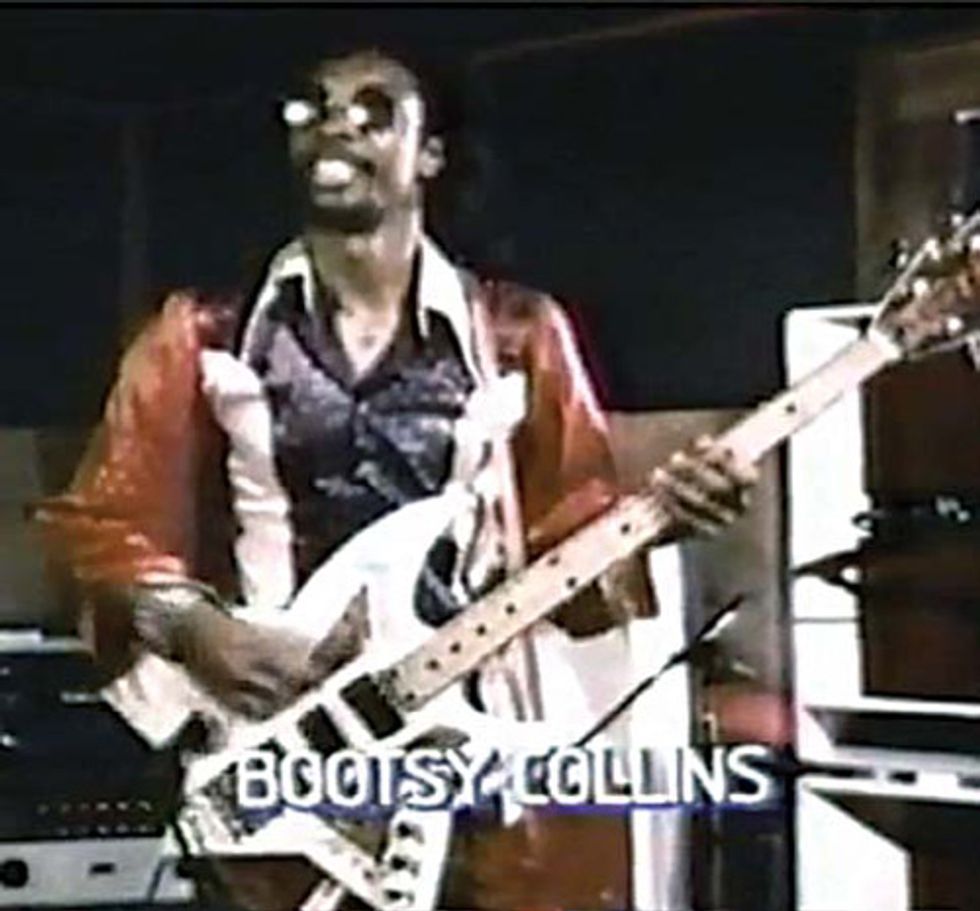
Search YouTube for “Bootsy's Basic Funk Formula," and you'll be rewarded
with a groovin' bass lesson from the “space bass"-wielding man himself.
Armed with one funk bass
lesson, I tuned up my bass,
plugged it into a DI box, and
played along with the drum
track, trying to shift phrases with
the scene changes on the video
screen. It took a few attempts,
but I came up with a pattern that
seemed to flow with the screen
images. After laying down the
bass, I listened to the track and
wrote down a quick numbers
chart, knowing I would inevitably
forget the chord changes.
Having completed the hard
work for the project, it was time
for the fun part. I plugged my
20-year-old Cry Baby (which after
years of use and abuse is really
getting funky—in a bad way) into
my little Kustom amp. I chose the
Kustom because its blue-sparkle
tuck-and-roll covering looked
like something you'd see in a
'70s-era Commodores show. To
complete my '70s vibe, I used my
'75 Tele Deluxe (thanks Michael
McFarland, who traded me this
sweet brownie). I read the chart
down and played high triads with
a liberal dose of wah.
I opened up another track and
added a dirty lead part, sans wah.
It wasn't a great part, but I knew
that if I played it 20 more times,
it would be a little different, but
not really any better. Miles Davis
once said “Do not fear mistakes.
There are none." I hate to contradict
Miles, but there were some
honest-to-God wrong notes on
my track. I listened and removed
the few ugly parts and left the
space open rather than redoing
them. As Bootsy said in his video,
“Space is good."
In honor of Earth Wind &
Fire, I added a few keyboard-generated
horn stabs. Now the music
was sounding pretty close to what
the client had described. I added
some delay to the lead track,
compressed the overall mix, and
emailed it to the client. The entire
project, including lots of YouTube
visits, took under two hours.
The next morning I was
informed that the producers
didn't like the track, but they
got an extension and wanted
another version by the end of the
day—which gave me lots of time.
Rather than fix the old track, I
started a new track from scratch
and did the entire process over
again. Version two took a little
longer, because I put more time
into finding a cooler drum loop,
added drum fills at transition
points, and recorded an organ
pad over the entire thing. Overall,
it felt better. As of now, I haven't
heard back from the client, so I'm
going with that old chestnut: No
news is good news.
Deadlines are your friend!
Look at Guns N' Roses' Chinese
Democracy: $14 million, 17 obsessive
years, one crap record. I've
watched people rework a track
ad nauseam and manage to crush
any soul the music might have
had. Granted, there are exceptions
where over-thinking makes
amazing art. Rumours, Let It Be,
and Night at the Opera are notorious
for their obsessive excess, and
they are perfect albums. But for
those of us in the real world with
tiny budgets and limited time, we
just need to put our heads down
and crank it out with as little
thinking as possible.
a Nashville-based guitarist
who works primarily
in TV and has recorded
and toured with over 30
major-label artists. His songs
and playing can be heard
in major motion pictures, on major-label
releases, and in literally hundreds of television
drops. Visit him at youtube.com/user/johnbohlinger

